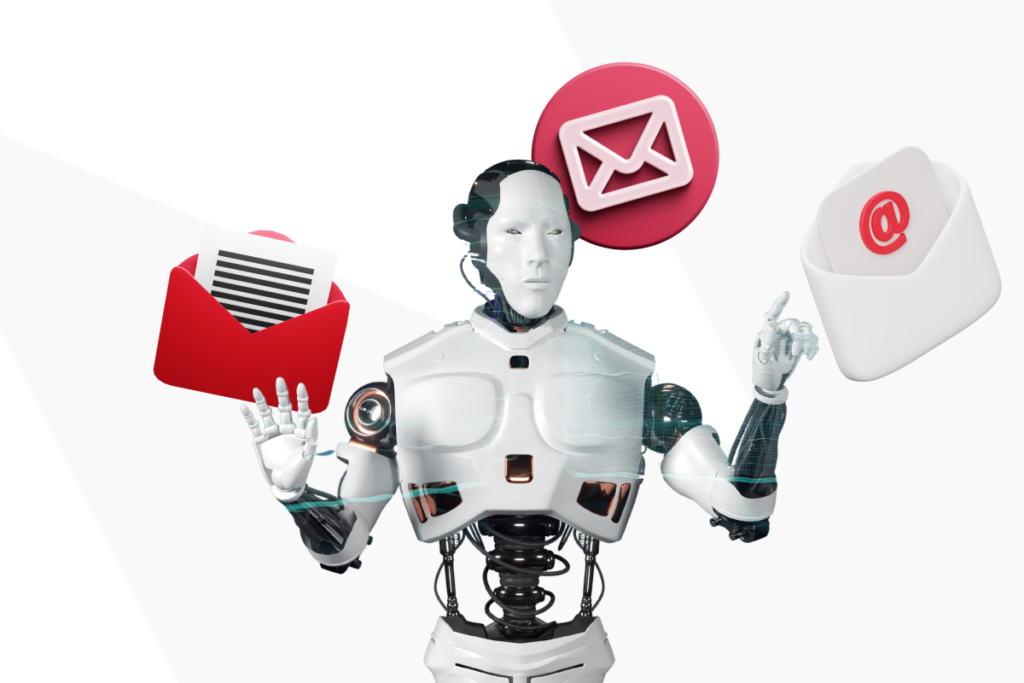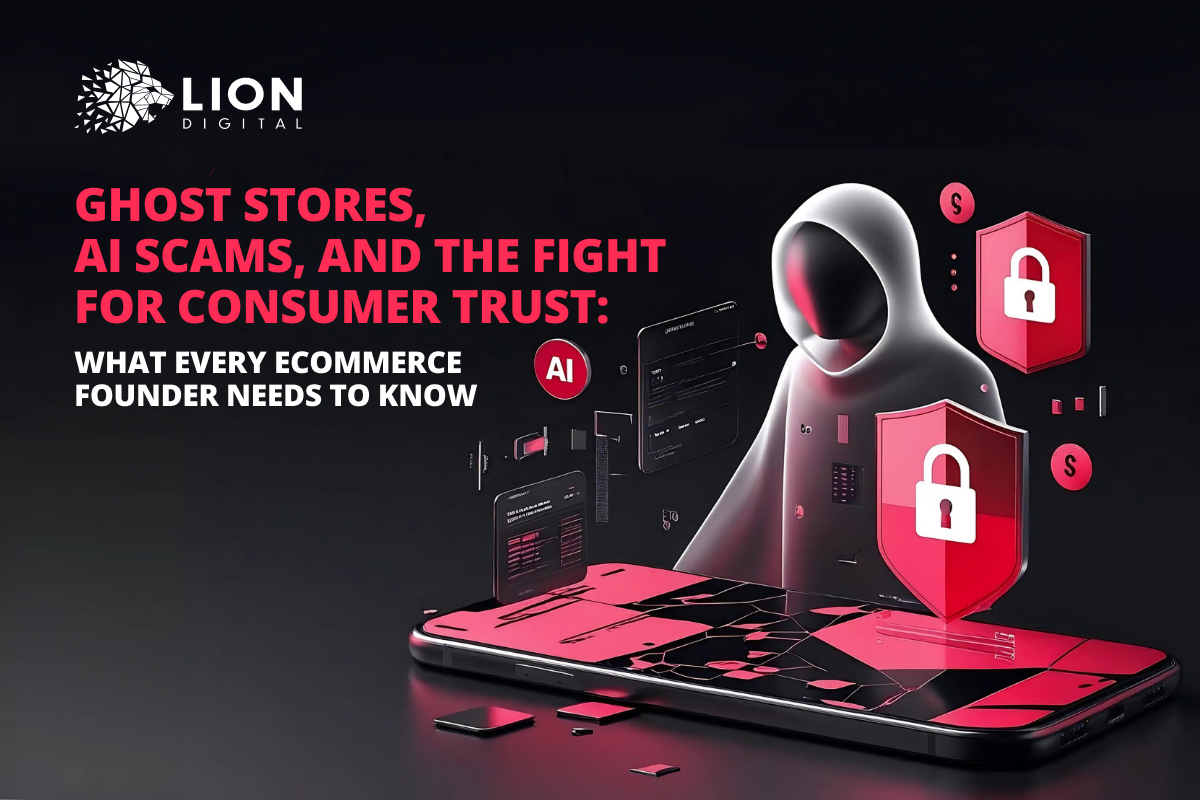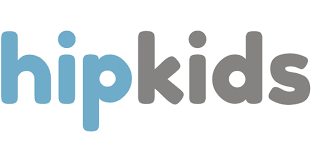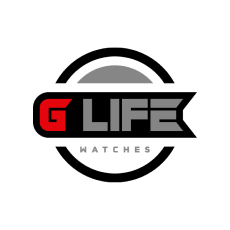
Thankfully, the days of carpet-bombing email marketing are behind us. Customers no longer need to sift through inboxes full of generic emails aimed at mass outreach instead of building personal connections. Personalised emails are much more likely to grab the recipient’s attention and drive them to take action. It’s all about reaching the right audience at the right time with messages that feel tailor-made. With pre-built eCommerce automation and real-time audience segmentation, your chances of getting subscribers to open, click and convert dramatically increase—ultimately boosting your ROI. Data shows that personalised emails deliver six times higher transaction rates than non-personalised emails.
Thanks to AI, data analysis tools for personalisation have made huge strides, especially in email marketing. As a result, 80% of marketers state that AI has significantly improved their email campaigns’ performance.
This article looks at the impact of artificial intelligence (AI) tools for email marketing, targeted personalisation and send times optimisation to note how you can gain traction in your customers’ inboxes.
Email Personalisation and Beyond
Reports suggest that AI in email marketing can analyse customer data to create personalised content, leading to an increase in email open rates by 26%.
As one of the leading platforms, Klaviyo utilises AI for personalisation in email marketing and SMS in three main directions:
- Predictive analytics to retrieve and apply useful insights from customer data.
- Generative AI that saves time and creative energy.
- AI optimisation without any human interference.
1. Predictive analytics
Predictive analytics allows AI marketing tools to:
- Identify emerging trends and potential issues in their inception phase through customer review sentiments analysis;
- Predict the next order date, customer lifetime value (CLV) and spending potential, average time between orders, churn risk, etc., which allows businesses to anticipate the future order flow and adjust processes accordingly;
- Transform the email communication in AI email campaigns by integrating personalised feeds that show customers products they are likely to be interested in buying;
- Compare the outcomes with industry-specific benchmarks to check and drive the efforts’ efficiency.
2. Generative AI
With generative AI email marketing tools, businesses can:
- Utilise AI email campaign generator and effortlessly create the AI workflows in a few clicks by merely describing the process requirements in a couple of prompts;
- Apply email writing artificial intelligence capabilities or AI email generator to draft impactful subject lines and generate email content;
- Manage the SMS marketing channel by streamlining and improving the process of writing SMS campaign copy or applying suggested responses to customer requests in SMS conversations;
- Enable customers to write impactful reviews through suggested headlines and content pieces.
3. AI optimisation
AI optimisation helps businesses to:
- Personalise emails by gaining insights from A/B tests and using the message version that resonates the most with a specific customer profile;
- Enhance the efficiency of the A/B test output by smartly identifying the outperforming subject line, image, offer, CTA, or other driving element.
AI Audience Segmentation
Segmentation allows the grouping of audiences based on personal characteristics, interests, and behaviours. There are 7 key segments used to boost email and SMS performance:
- Cross-sell segment – customers who bought one product but skipped related items that might interest them;
- Location-based segment – groups customers based on where they live or shop;
- Item and brand-specific segment – targets customers who visit the website for a particular product or category;
- Engagement tier segment – allows flexible targeting by adding multiple levels of grouping based on the conditions you set, which are variable and not fixed;
- Churn risk segment – focuses on customers likely to leave for a competitor, making them ideal for win-back campaigns or automated flows to reignite loyalty;
- Average order value (AOV) segment – groups customers by how much they typically spend, helping to spot those who are high or low spenders;
- Holiday shoppers segment – gathers customers who are ideal for receiving offers during key sales periods like Black Friday, Cyber Monday, Mother’s Day, Christmas, and more. This keeps them engaged and reminds them of why they loved the brand last year.
Forms also can be targeted to new strategies through segmentation:
- Expected date of next order segment – displays a form at the customer’s predicted order time, nudging them toward a repeat purchase;
- Customer lifetime value segment – sets up forms to target visitors based on what they’re likely to spend over the next year;
- Location-proximity segment – highlights a local event to visitors within driving distance, encouraging sign-ups.
Got a brilliant idea for a new segment but unsure how to make it work? Many email marketing experts share your frustration. AI-driven audience segmentation email marketing tools offer a completely new approach to segment building. Think of them as your personal AI assistants, helping you build the perfect audience segments with ease.
AI allows marketers to create audience segments by using natural language inputs — phrases or sentences — which the system then converts into specific segment criteria. Afterwards, marketers can further refine and edit these criteria to match their exact needs. This AI-driven segmentation is considered one of the most powerful tools in email marketing, with brands reporting up to a 760% increase in revenue after implementing it.
Personalised AI Recommendations and Addressing Abandoned Baskets
Roughly 69% of online shopping carts are abandoned, which is one of the high-priority challenges in the eCommerce business. Potential customers may abandon the cart for several reasons, including additional or hidden costs, poor delivery or return policies, overcomplicated ordering and checkout processes, payment processing problems, and technical bugs and glitches.
AI-powered tools are already tackling the problem of cart abandonment head-on. Based on AI-analysed customer behaviour and intent defined through previous searches and browsing patterns, the moment a customer abandons the cart, AI marketing tools can be implemented to catch their attention and keep them engaged:
- AI personalised product recommendations – for example, a complimentary product or a special offer on a product a customer has shown interest in;
- AI-driven chatbots – these bots can offer instant advanced virtual shopping assistance through conversational AI, personalised nudges to the customers and engage them with relevant reminders and exclusive offers;
- AI retargeting campaigns – creating personalised ads in real-time through AI, reminding potential customers of the products left behind;
- AI-powered personalised email follow-ups – a well-timed email featuring abandoned products, along with suggestions for complementary items and limited-time discounts or free shipping. Personalised follow-ups can recover up to 30% of lost sales!
- AI-tailored automatic SMS messages – texts offer a sense of urgency through a limited-time discount or a notification about running low stock;
- AI-powered predictive analytics – help to identify customers who are most likely to abandon their carts and take preventative, proactive measures;
- AI-identified detailed customer personas – adjust the marketing strategy according to a persona built around a real person who frequently abandons the carts, returns items or buys only during the sales.
Take a look at some industry game-changers: Amazon’s recommendation engine is responsible for a whopping 35% of the company’s revenue. This AI technology shapes personalised shopping experiences and boosts sales. Netflix is another prime example—the brand’s AI analyses what you like to watch, keeping you hooked with personalised recommendations, which plays a huge part in the streaming service’s high customer satisfaction and retention. And then there’s Spotify, which revolutionised music streaming with AI-powered song suggestions and tailored playlists. These are just a few examples of how AI is transforming businesses, making marketing more personal and effective.
Optimising Send Times with Klaviyo’s AI Features
Smart Send Time
Klaviyo’s Smart Send Time feature takes the guesswork out of email timing. It digs into customer data to figure out the best time to send emails, so you can boost open and click rates. In fact, research shows that sending emails at the right time can increase open rates by up to 20%.
Smart Send Time not only picks the optimal send time but also shows you exactly how and why it made that choice. By tracking engagement over a 24-hour period across multiple email sends, this AI tool gives you real insights into what works best. However, it’s only available for accounts with at least 12,000 active profiles.
The optimisation process contains 3 stages:
- A random time is assigned to each recipient in their local time zone, and Klaviyo sends out an email over a 24-hour period;
- The system determines the best time for the highest engagement, and to validate the selected time, one email will be sent Customer Loyalty team at a given time, another two hours before, and another two hours later;
- Klaviyo fine-tunes the send time based on feedback, then delivers emails at the optimal moment in each recipient’s local time zone.
However, the data in the graphs is based on information gathered from exploratory and focused email sends. So, if you’ve never run an exploratory campaign before, the graphs will be empty, and you won’t see any data right away when Smart Send Time is first activated.
Although Klaviyo maintains the identified send time without further modifications in the last stage, the subscriber list may grow, and their behaviours and preferences may evolve over time.
According to studies, effective timing leads to a 7% increase in click-through rates. However, the Klaviyo Smart Send Time feature is about more than sending emails at the right time; it’s about maximising engagement, helping with:
- Reducing email fatigue by estimating the optimal frequency and timing for sending emails to individual subscribers.
The Smart Send Time is equipped with an Open rate per hour graph that demonstrates the percentage of people who opened the email out for each hour of those who received it. If a focused send has a much higher open rate, Klaviyo will not spike the hours for that focused send because a single campaign performed better than average. There is also an Expected Open Rate Lift graph showing how open rates compare before and after using Smart Send Time. However, it will be populated only after a focused send time has been reached. - Boosting engagement metrics: Improving engagement is all about tailoring emails to each recipient’s behaviour to boost open rates and click-throughs. This way, more subscribers not only see your content but also engage with it more actively.
Two additional graphs based on the data from the exploratory sends allow an analysis of the efficiency of the send-outs: the Open rate and Placed Order Rate per Hour. The placed order event is attributed to the time when the email was sent. - Personalising email experiences: By analysing subscribers’ behaviours and preferences and ensuring that emails arrive in the inboxes when the probability of engagement is high, subscribers feel valued and understood, which deepens their connection with the brand.
Why Choose LION Digital for Your AI Optimised Email Flows
At LION Digital, we’re proud to be a Klaviyo Elite Master Partner. We choose Klaviyo’s advanced tools over other popular platforms because they simply deliver better results. With powerful features like Smart Send Time, we help you stay ahead of the curve, ensuring your emails reach the right audience at the right time. By continually optimising and adapting your strategy, you can keep engagement high and your customers coming back for more. Ready to boost your email marketing game? Contact our experienced CRM & Loyalty team, and let’s make it happen!





















